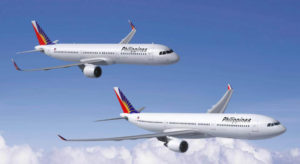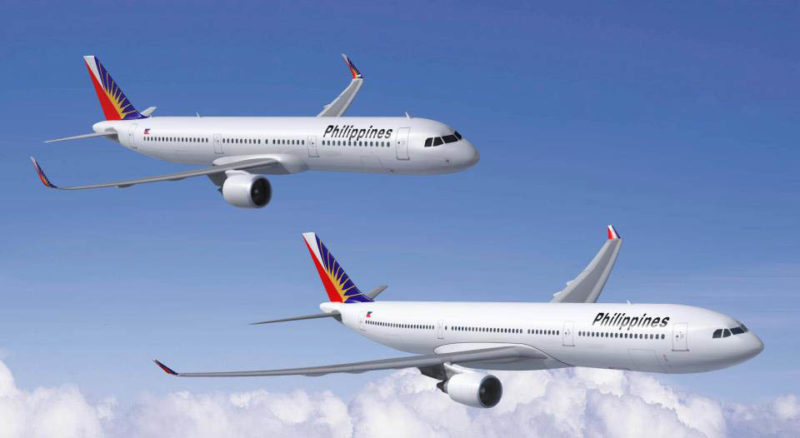 Philippine Airlines (PAL) reported a 38.9% decline in net income in 2016 to P3.945 billion from P6.460 billion recorded in 2015.
Philippine Airlines (PAL) reported a 38.9% decline in net income in 2016 to P3.945 billion from P6.460 billion recorded in 2015.
Revenues, on the other hand, grew 7.2% to P116.626 billion from P108.799 billion in 2015, PAL disclosed to the Philippine Stock Exchange.
The carrier said the improvement in revenues was attributable mainly to a 7.1% increase in passenger revenues to P96.292 billion from P89.889 billion. The higher revenue was propelled by the 12% growth in the number of passengers carried as a result of the 8.5% increase in the number of flights operated.
During the year, PAL introduced new destinations to Kuwait, Jeddah, Doha, and Saipan, and new services between Cebu and Los Angeles, Cebu and Singapore, Osaka via Taipei, Cebu and Caticlan, and Clark and Caticlan. It carried 13.4 million passengers in 2016 vis-a-vis 11.9 million lifted in 2015.
Revenues from ancillary services improved 24% to P9.764 billion from P7.873 billion.
Revenue from cargo operations, however, dropped 3.7% to P6.931 billion last year from P7.198 billion in 2015, while revenue from other services also fell 5% to P3.639 billion from P3.838 billion.
Total expenses in 2016 rose 7.8% to P110.876 billion from the previous year’s P102.881 billion due to higher maintenance, aircraft and traffic servicing, passenger service and reservation and sales, offset in part by the decrease in flying operations expenses.
As of December 2016, PAL’s international route network covered 42 cities in 18 countries, while its domestic destinations covered 32 cities and towns in the Philippines (under codeshare and mostly operated by partner PAL Express).
Moving forward, PAL said it plans to acquire modern and technologically advanced aircraft, while the existing fleet will undergo refurbishment and reconfiguration to deliver added comfort and improve service offerings. As of December last year, PAL has a fleet of 82 owned or leased aircraft.





